The shift to remote work and cloud PBX has accelerated VoIP adoption worldwide. Yet many decision-makers still confuse SIP sessions and SIP trunks, two related terms that drive very different voice infrastructure outcomes. Understanding their distinct roles clarifies which approach scales best as your business grows.
Key Takeaways
- SIP sessions represent individual call connections between endpoints, ideal for lightweight, app-based communications but limited in scalability and control.
- SIP trunks are infrastructure-level solutions that aggregate multiple SIP sessions, enabling centralized routing, compliance, QoS, and disaster recovery at scale.
- Trunking reduces per-minute costs and simplifies license management, especially for businesses with high concurrency or regulatory requirements.
- SIP sessions suit startups, remote teams, and low-call-volume use cases; SIP trunks serve call centers, hybrid deployments, and enterprises with complex voice needs.
- Hybrid models use SIP trunks at HQ and SIP sessions for remote users, balancing scalability, flexibility, and cost efficiency.
What Actually Differentiates SIP Sessions from SIP Trunks?
SIP sessions and SIP trunks serve different roles in voice communication systems. SIP sessions represent individual calls initiated between devices or users, functioning as the basic building blocks of VoIP conversations. They enable direct, lightweight communication for endpoints like softphones or apps but don’t inherently support scaling beyond a limited number of concurrent calls.
SIP trunks act as a scalable service layer that links entire IP PBX or unified communications systems to carriers. They handle multiple concurrent sessions over a single connection, allowing businesses to pool call capacity efficiently. This design supports centralized management, higher call volumes, and integration with enterprise infrastructure.
Understanding these distinctions clarifies how to plan voice architecture strategically, whether managing individual user calls or optimizing system-wide capacity.
| Feature | SIP Session | SIP Trunk |
| Unit of use | One call | Many calls |
| Target user | Endpoint (user/device) | Network/system (PBX or UC) |
| Scale | Not inherently scalable | Scalable by design |
| Cost model | Per session or per user | Per trunk (multiple sessions) |
| Setup | Lightweight, software-based | Requires infrastructure planning |
SIP Sessions in Practice
A SIP session begins with an INVITE request that sets up the call between two endpoints. Once accepted, real-time media streams, usually audio or video, flow via RTP (Real-time Transport Protocol). The session ends when a BYE message signals teardown.
Call setup involves codec negotiation to ensure both sides agree on compatible audio or video formats. NAT traversal often challenges SIP sessions, requiring mechanisms like STUN or TURN servers to maintain connectivity across firewalls.
A simplified flow might look like this:
- INVITE sent from caller to callee
- 200 OK response from callee
- ACK confirms call setup
- RTP media flows directly between endpoints
- BYE message ends the call
This lightweight signaling and media exchange supports direct, user-level communications but can face limits in managing large-scale or complex call routing.
Where SIP Sessions Make Sense
SIP sessions excel in scenarios needing simple, direct calls without heavy infrastructure:
- Lightweight web or mobile VoIP applications
- Click-to-call features embedded in websites or CRM tools
- Temporary or bursty use cases like remote onboarding or interviews
- Small teams with low concurrent call volume—typically fewer than 100 simultaneous calls
For larger or mission-critical deployments, relying solely on session-based models can become costly and difficult to manage at scale.
SIP Trunking as Infrastructure Backbone
A SIP trunk isn’t just a bundle of individual calls. It acts as a service layer connecting an enterprise’s IP PBX to the telecom carrier. This layer handles more than voice sessions, it manages security, interoperability, and call routing.
Key components include:
- Session Border Controllers (SBCs): They secure the connection, manage protocol translations, and handle NAT traversal.
- Media Gateways: These convert between legacy telephony systems and IP networks when needed.
- Call Routing Logic: Centralized control determines how calls enter, exit, and failover within the network.
Imagine a SIP trunk connecting an IP PBX to a SIP provider with a capacity of 20 concurrent calls. The trunk manages those calls collectively, not as isolated sessions.
What Trunking Enables
SIP trunks provide flexibility beyond individual sessions:
- Call Volume Elasticity: Businesses can provision channels dynamically, scaling up or down without hardware changes.
- Global Direct Inward Dialing (DIDs) and Number Portability: Easily assign and move phone numbers across locations or carriers.
- Centralized Routing and Failover: Trunks offer advanced call management, including failover to backup routes or alternative carriers.
- Regulatory Compliance: Enterprises benefit from built-in support for regulations like HIPAA or PCI-DSS, ensuring secure and auditable communications.
This infrastructure-level approach transforms voice from a standalone service to an integrated part of the enterprise network, enabling better control and operational resilience.
Scalability and Cost Models — Why This Decision Has Business Impact
Every active call equals a session, and every session carries a separate charge. Costs rise directly with call volume, making expenses predictable but rigid. Managing licenses across numerous users grows complex quickly. For organizations with distributed teams, tracking and controlling session usage can become chaotic, risking overspending or service interruptions.
Trunk-Based Growth = Economies of Scale
SIP trunks bundle multiple calls under a single contract, allowing costs to drop as call volume grows. Pricing models often use flat rates per trunk, which simplifies budgeting. Providers may offer burstable capacity, letting businesses handle temporary spikes without immediate upgrades. This flexibility reduces friction during growth phases and avoids costly overprovisioning. Trunks align better with large-scale or dynamic call workloads, supporting smoother expansion and cost control.
Voice Quality, Security, and Redundancy: Which One Delivers Control?
SIP sessions rely heavily on public internet connections. Bandwidth fluctuations and jitter can degrade call quality significantly. Quality of Service (QoS) often lacks enforcement unless paired with SD-WAN or private networks. Encryption tends to be optional or inconsistently applied, raising security concerns. These factors leave SIP sessions vulnerable to packet loss, latency spikes, and potential interception risks.
Trunk Advantages for Control and Resilience
SIP trunks enforce security protocols like SRTP and ZRTP for encrypted media, alongside TLS for signaling protection. Providers offer geographic redundancy by distributing trunks across multiple data centers. Service Level Agreements (SLAs) guarantee QoS metrics, ensuring consistent voice quality. Built-in failover mechanisms reroute calls to mobile devices or alternate trunks during outages, minimizing downtime and maintaining communications integrity.
When to Choose What — Based on Business Architecture
Choose SIP Sessions If You…
- You’re early-stage or fully remote with no in-house IT team.
- You rely on browser-based or app-based softphones exclusively.
- Your call volume stays low—fewer than 10 concurrent calls.
- You need quick, lightweight communication without complex infrastructure.
- Your organization favors flexibility over centralized control.
Choose SIP Trunks If You…
- You operate a call center or hybrid support environment.
- Your business runs on an IP PBX or UCaaS platform.
- High call concurrency with centralized management matters.
- Compliance or reliability is critical, especially in regulated sectors.
- You require consistent voice quality backed by SLAs and failover options.
Hybrid Model: The Smart Bridge Strategy
Combine the best of both worlds by deploying SIP trunks at headquarters while using SIP sessions for remote or mobile teams.
This setup centralized call control and billing but offers flexibility to satellite users with soft clients.
Remote sales staff connect via app-based SIP sessions, while HQ handles bulk traffic through SIP trunks.
Diagram suggestion: A central SIP trunk connects to the enterprise IP PBX. Remote users link via SIP sessions, forming a scalable and resilient voice architecture.
Quantifying the Difference: What the Data Tells Us
Understanding the real-world impact of SIP sessions versus SIP trunks starts with concrete data. Numbers clarify costs, performance, and management overhead, helping you plan with confidence.
| Metric | SIP Session | SIP Trunk |
| Cost per 1,000 mins/month | $25–$35 | $10–$15 |
| Average call setup delay | 200–300 ms | 100–150 ms |
| Packet loss tolerance | Up to 1.5% | Up to 3% |
| Codec efficiency | Primarily G.711, some Opus | Supports G.711, G.729, Opus |
| Licensing complexity (12 mo.) | Per user/session licenses | Per trunk, simplified scaling |
Cost Per 1,000 Minutes
SIP trunks offer significant savings on bulk usage. Session-based models incur higher per-minute charges because each call licenses separately. Trunks leverage volume discounts and more predictable billing, reducing operational costs.
Call Setup Delay and Packet Loss
Trunks generally deliver faster call setup due to centralized routing. They also tolerate higher packet loss, thanks to network optimizations and QoS guarantees, maintaining call clarity even on less-than-perfect connections.
Codec Efficiency
Session deployments often stick to G.711 or Opus codecs, suitable for lightweight apps. Trunks support a broader codec range, allowing better bandwidth management without sacrificing quality.
Licensing Complexity Over Time
Managing licenses per session grows complicated as user counts climb, creating overhead in administration and cost control. Trunks consolidate management, easing scaling and simplifying vendor relationships.
If exact data isn’t available, consider running internal benchmarks on call quality, latency, and cost under realistic loads. This data guides better infrastructure decisions tailored to your environment.
Final Recommendations and Implementation Guidance
Making the right SIP choice means matching your communication setup to your business needs. Here’s a straightforward guide to help finalize your strategy and avoid costly mistakes.
5 Questions to Finalize Your SIP Strategy
- What’s your peak concurrent call volume?
Estimate your highest simultaneous call demand. Low volumes favor SIP sessions, while higher concurrency suits SIP trunks. - Do you control the network or rely on home ISPs?
Managing your own network supports trunks better due to QoS controls. Public internet reliance leans toward sessions for flexibility. - Do you already use or plan to use a PBX?
IP PBX or UCaaS platforms integrate smoothly with SIP trunks. Purely softphone setups fit session models better. - What’s your VoIP security requirement (regulatory, industry)?
Strong compliance demands, like HIPAA or PCI-DSS, require trunk setups with enforced encryption and monitoring. - What’s your expected user growth in 12–18 months?
Rapid growth favors trunks for scalable capacity. Stable or minimal growth might work well with sessions.
Answering these questions clarifies your optimal SIP architecture and supports budget, security, and performance goals. Consider scheduling a readiness consultation or cost assessment with didlogic to align your voice infrastructure with business demands.
Further Reading
- What is SIP trunking?
- SIP trunking capacity
- SIP trunking security
- Differences between SIP trunking and cloud PBX
- Differences between SIP trunking and telephony
- Differences between SIP trunking and IP trunking
- Differences between SIP Trunking and Session Border Controllers
- SIP Trunking vs PSTN
- SIP Trunking vs H.323
- Advantages of SIP Trunking
- SIP Trunk Costs
- SIP Trunking Migration Plan
- SIP Trunking Requirements


